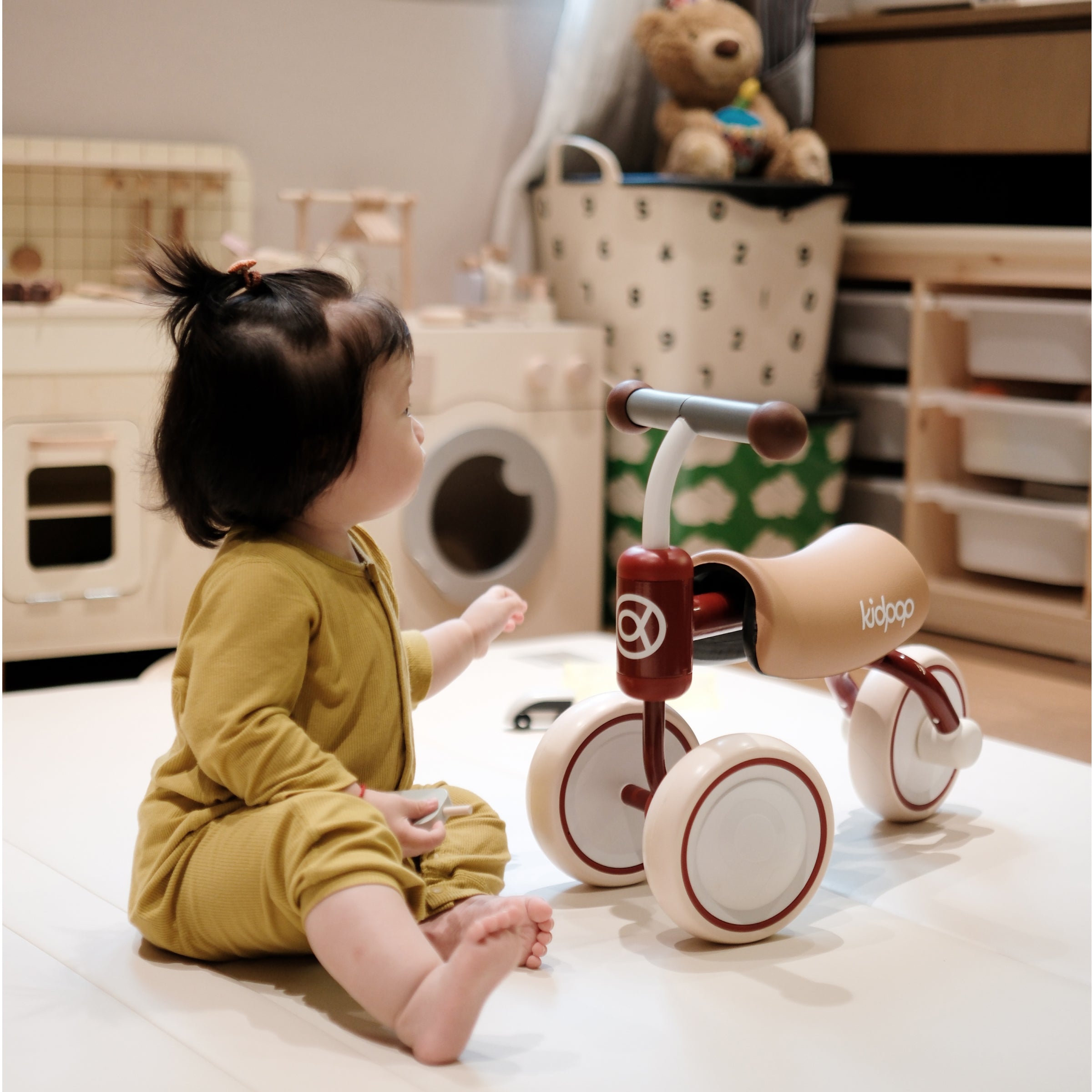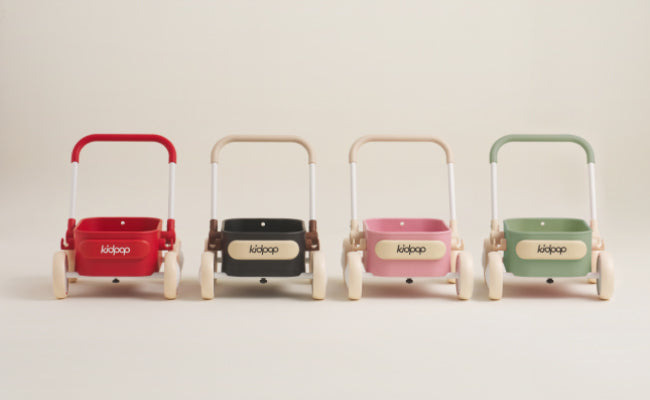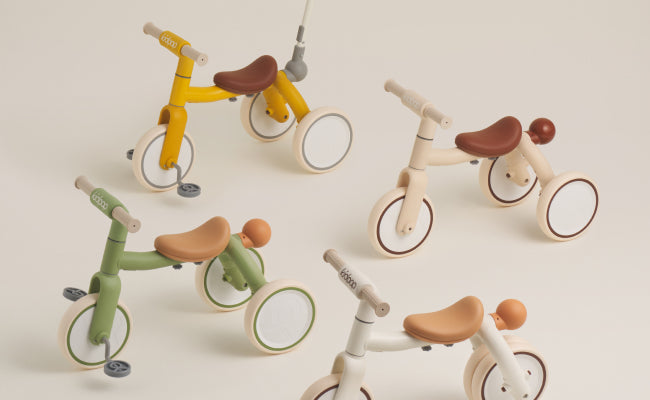
From Sketch to Saddle – The Journey of a kidpop Product
Inside the process of turning imagination into rideable, meaningful design.
At first glance, a kidpop product may look beautifully simple. But behind every soft curve, quiet color, and satisfying balance point is a process that takes months of iteration, intuition, and care.
Because at kidpop, design doesn’t start in a spreadsheet—it starts in a sketchbook, a conversation, or sometimes… in the corner of a playroom.
This is the story of how a kidpop product comes to life—from the first pencil line to the moment it rolls into your home.
Step 1: It Begins with a Feeling
We never begin with, “What does the market need?”
We begin with, “What do children feel?”
A product idea is usually born from:
-
Observing a child’s moment of discovery
-
Noticing a gap between functionality and beauty
-
Asking what object could make a home feel warmer and a childhood more memorable
From there, our founders and design team start sketching—not products, but possibilities.
Step 2: Theory Meets Play
Design at kidpop is rooted in child psychology and sensory integration theory. We study how kids respond to:
-
Shape
-
Color
-
Weight
-
Grip
-
Texture
Before we even begin 3D prototyping, we spend weeks defining:
-
What emotion we want the product to evoke
-
How it should sound, feel, and move
-
Which senses it will activate—and how gently
Step 3: Sketches Become Forms
Once we have an emotional and functional direction, we create detailed drafts:
-
Pencil drawings
-
CAD renderings
-
Material test boards
-
3D paper models for size and proportion trials
This is where the kidpop tension lives: between design purity and child-friendly practicality. We want:
-
Softness, but not instability
-
Minimalism, but never cold
-
Utility, but with character
Step 4: Prototyping and Problem-Solving
We produce small batches of handmade prototypes. They’re tested by:
-
Our internal team
-
A few trusted families
-
Our own children
We take feedback seriously. A saddle that looks great but causes balance issues? It goes back. A color that looks too “grown-up”? We refine it with a touch of warmth or chalky texture.
Sometimes a “simple fix” requires redesigning an entire component. But we do it—because nothing is “good enough” if it’s not good for the child.
Step 5: The Beauty in Production
Unlike many brands, we don’t hand off design to a third-party factory. We own our production pipeline, so we can:
-
Customize mold shapes
-
Adjust welding angles down to the millimeter
-
Match complex color references like “peony pink” or “ice white”
-
Maintain quality across every unit
Even the saddle stitching is reviewed with couture-level scrutiny.
This level of control is rare in the children’s product world. But it’s the only way we know how to preserve our vision from sketch… to saddle.
Step 6: A Product with a Soul
The final result isn’t just a ride-on.
It’s a child’s first adventure companion.
A moment of calm in a colorful world.
A memory waiting to be made.
It’s a reflection of how much thought, love, and design can go into something small—but incredibly significant.
Because we’re not just building bikes.
We’re building a world.
Conclusion: Good Design Isn’t Fast. It’s Felt.
The next time you see a kidpop product in a hallway, a nursery, or beneath a tree in the park, remember this:
It didn’t begin in a factory.
It began in a question:
“What could we give a child… that they’d never want to put away?”
And from there, we drew. And built. And refined.
Until it felt just right.


